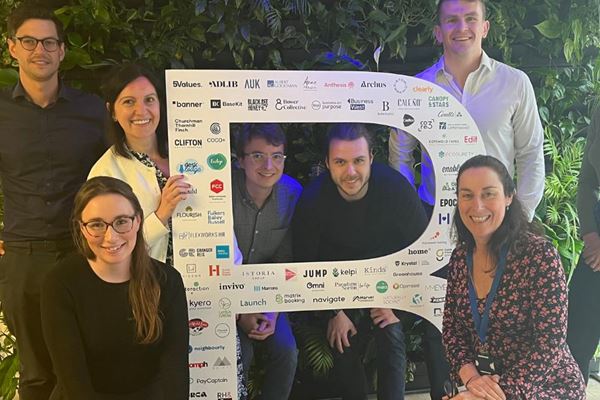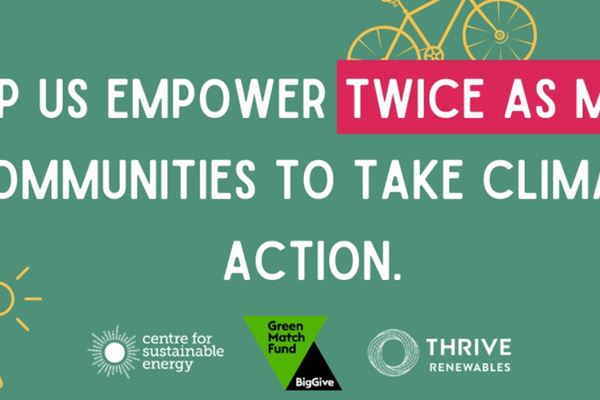According to a new report from Sky and WWF, companies are responsible for two-thirds of the UK’s domestic land-based emissions every year, with large businesses accounting for the largest proportion of these. It suggests that, unless all large businesses in the UK draw up and implement plans to decarbonise in line with the 1.5C trajectory within the next two years, the country will risk missing its long-term net zero targets.
With Boris Johnson recently committing to decarbonising the UK electricity system by 2035 – 15 years before the deadline outlined in the Paris Agreement – the pressure is well and truly on. We agree that everyone needs to be aware of and engaged in the clean energy transition, however it can be overwhelming trying to work out exactly what your role is and next steps to take when it comes to reducing your carbon footprint.
HOW CAN BUSINESSES START THEIR NET ZERO JOURNEY?
When making any net zero commitments, businesses must evaluate the different kinds of carbon emissions they create as part of their own operations, as well as the wider supply chain. Let’s look at these in more detail.
Scope 1 — This covers all the emissions that a business makes directly and are under their control – for example, the fuel burned in owned boilers.
Scope 2 — These are the emissions it makes indirectly – including the emissions that are created during energy production on its behalf e.g. through a third-party supplier.
Scope 3 — This relates to all emissions that are not a direct result but are associated with the business as part of the wider value chain. For example, buying products from suppliers.
For many businesses, making changes under scope 1 and 2 is the easiest way to start reducing their emissions – for example, they can source renewable electricity or electrify their heat demand. There are many resources available to support businesses on their net zero journey. A good place to start is the United Nations' Race to Zero campaign.
WHAT ARE ON-SITE RENEWABLES AND HOW DO THEY WORK?
Instead of only focusing on external suppliers, it’s worth considering whether you can host your own renewable energy project. Also known as a ‘direct wire’ arrangement, it means that – alongside hosting the wind farm or solar panels – the business directly benefits from the clean electricity it generates.
There are several advantages to choosing on-site renewables, including the fact that it offers a solution to managing your energy costs in an increasingly volatile marketplace. As we’ve seen in recent weeks, consumers and businesses can fall victim to drastic changes in the supply and demand for fossil fuels. Using renewable sources of electricity is therefore the best way to provide the stability needed, giving businesses the opportunity to secure long-term, consistent energy prices which are typically cheaper than connecting to the grid.
One good example of how on-site renewables work in practice is Greenvale AP – one of the UK’s largest growers of fresh potatoes.
WHAT MAKES A SITE SUITABLE?
Many businesses in the UK could be eligible for on-site renewables, all you need is access to good levels of natural resource – for example, somewhere with abundant wind – or a large, open space or rooftop for solar PV.
The world is currently facing a climate emergency, with the UK committing to ambitious climate targets to try and mitigate the worst of the crisis. In the run up to COP26 and beyond, it’s essential that everyone plays their part. UK businesses must make the climate crisis a strategic priority, evaluating their carbon emissions and putting policies and procedures in place to reduce these. On-site renewables are a great way to do this, but it’s important to remember that you won’t always have the capital – or skill set – to install these yourselves. In such circumstances, funding partners such as Thrive can help.



